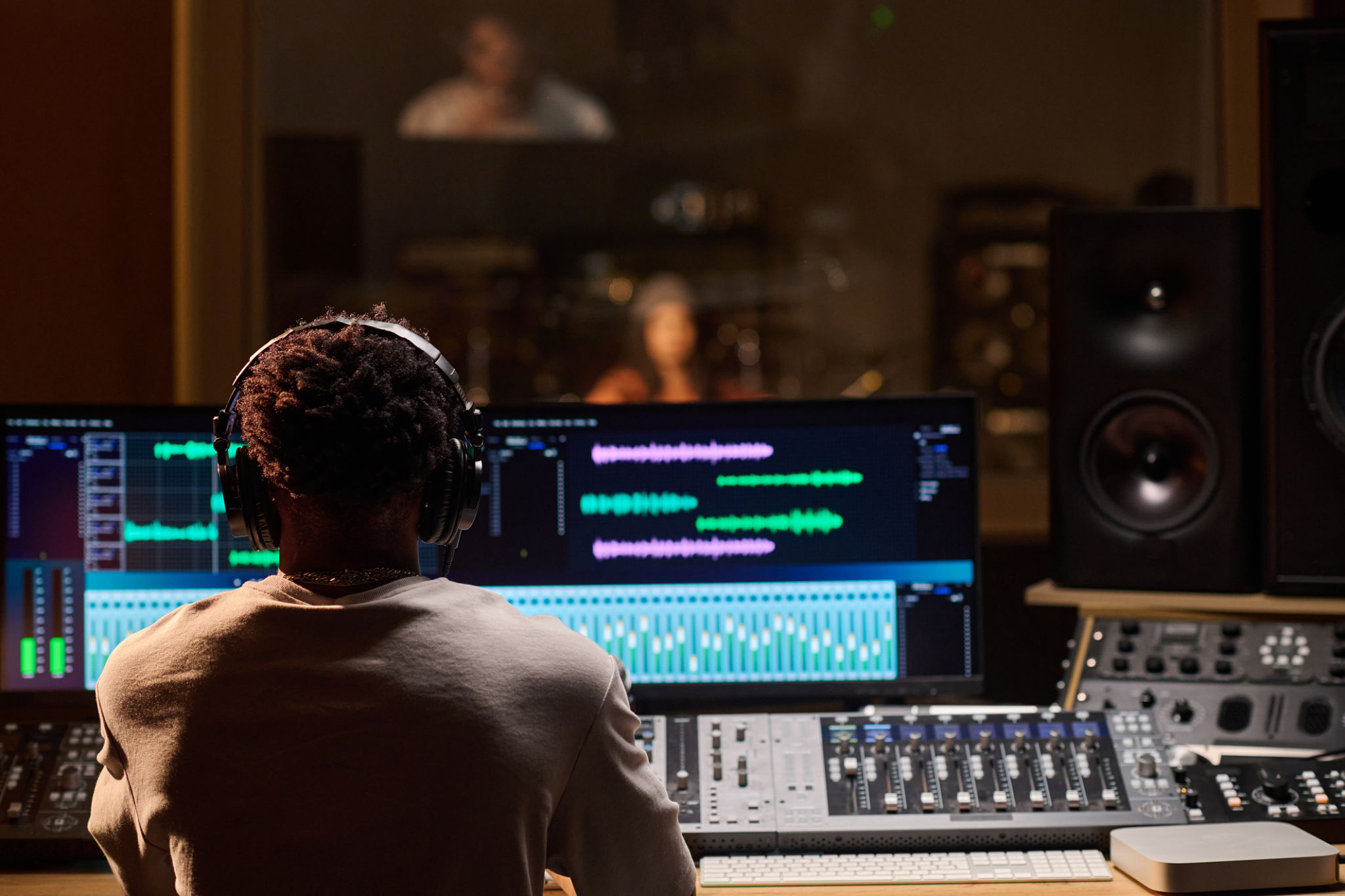Master the Art of Beat Making: A Beginner's Guide to Starting from Scratch
Understanding the Basics
Beat making is an exciting and creative process that forms the backbone of modern music production. Whether you dream of crafting chart-topping hits or simply want to explore your musical creativity, learning to make beats is a rewarding endeavor. At its core, beat making involves creating a rhythmic foundation using a combination of sounds, samples, and instruments. To start, it's essential to understand the basic components of a beat: drums, basslines, melodies, and harmonies.

Choosing Your Tools
Before you can start making beats, you'll need to choose the right tools. Traditionally, producers used hardware like drum machines and samplers. Today, many beat makers prefer digital audio workstations (DAWs) such as Ableton Live, FL Studio, or Logic Pro X. These powerful software programs provide everything you need to create, edit, and mix your beats. Investing in a DAW that suits your style and budget is crucial.
Exploring Sound Libraries
One of the most exciting aspects of beat making is experimenting with different sounds. Most DAWs come with built-in sound libraries that offer a wide range of samples and virtual instruments. You can also expand your palette by purchasing or downloading additional sound packs. Explore different genres and styles to find sounds that resonate with you. Remember, the key to a unique beat is often found in the details.

Creating Your First Beat
Now that you have your tools and sounds ready, it's time to create your first beat. Start by laying down a simple drum pattern. This might include a kick, snare, and hi-hat combination. Experiment with different rhythms until you find a groove that feels right. Once you're satisfied with the drum pattern, add a bassline to complement it. The bass should work in harmony with the drums to form a strong foundation.
Building Melodies and Harmonies
With your rhythm section in place, it's time to add some melodic elements. Use virtual instruments or samples to create melodies and harmonies that enhance your beat. Don't be afraid to experiment with different scales and chord progressions. Your creativity is your greatest asset. Try layering multiple melodies or harmonies to add depth and complexity to your track.

Mixing and Refining Your Beat
The final step in beat making is mixing and refining your track. This involves adjusting levels, panning sounds, and adding effects like reverb or compression. A well-mixed beat will sound balanced and polished. Take your time with this process, as it can make a significant difference in the overall quality of your music. Consider seeking feedback from other producers or listeners to gain new perspectives on your work.
Practice Makes Perfect
As with any skill, mastering the art of beat making takes time and practice. The more you create, the better you'll become. Set aside regular time to experiment with new techniques and ideas. Listen to a wide variety of music for inspiration and try to replicate some of the beats you love. Over time, you'll develop your own unique style and voice as a producer.
Sharing Your Creations
Once you feel confident in your beat-making abilities, consider sharing your work with others. Platforms like SoundCloud, YouTube, or Bandcamp are excellent places to showcase your beats and connect with other musicians and producers. Sharing your music not only builds an audience but also provides valuable feedback that can help you grow as an artist.
Embarking on the journey of beat making is a fulfilling adventure that can lead to endless creative possibilities. By understanding the basics, choosing the right tools, and practicing consistently, you'll be well on your way to mastering this art form from scratch. So grab your headphones, fire up your DAW, and let the rhythm guide you!
